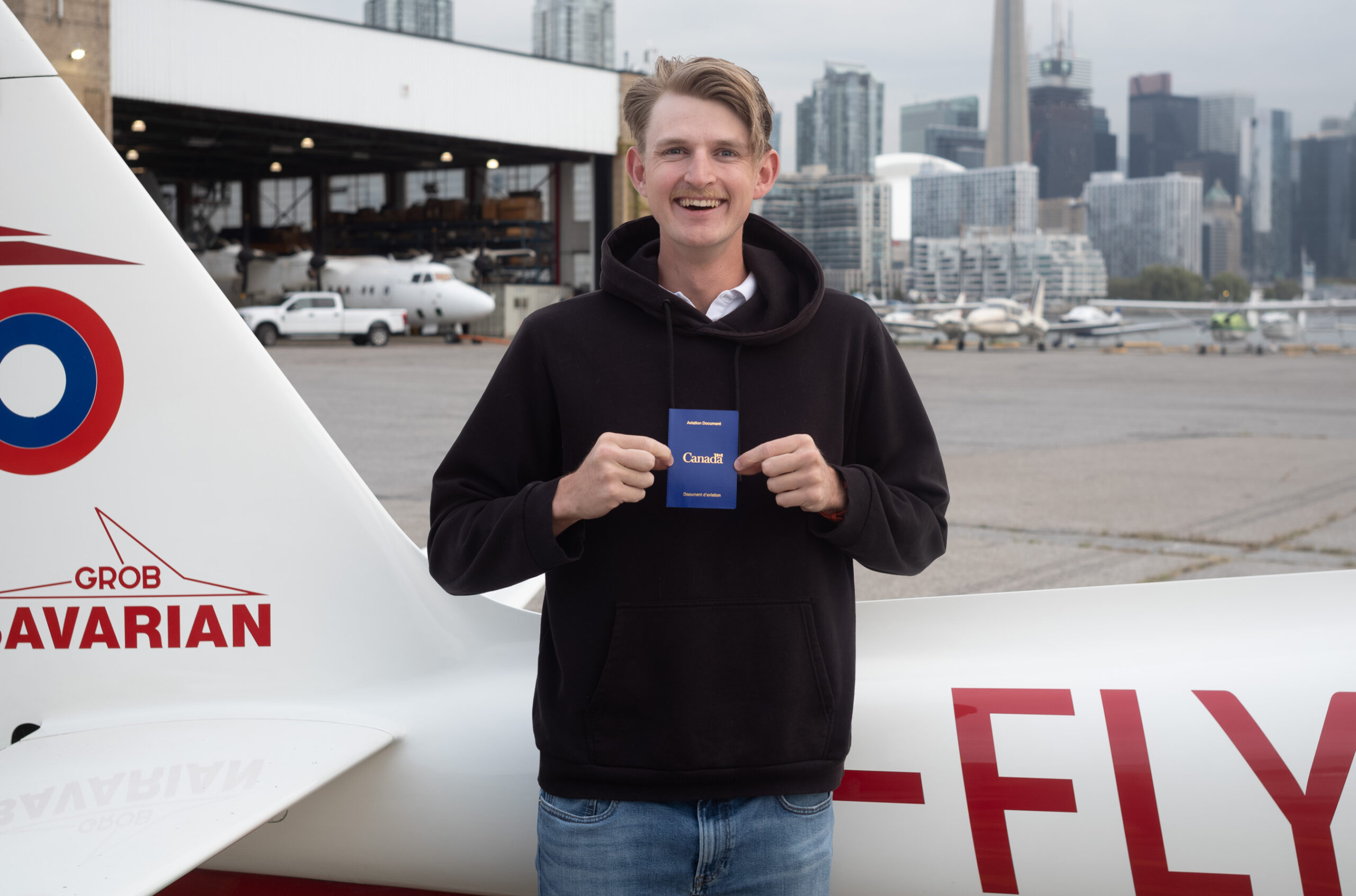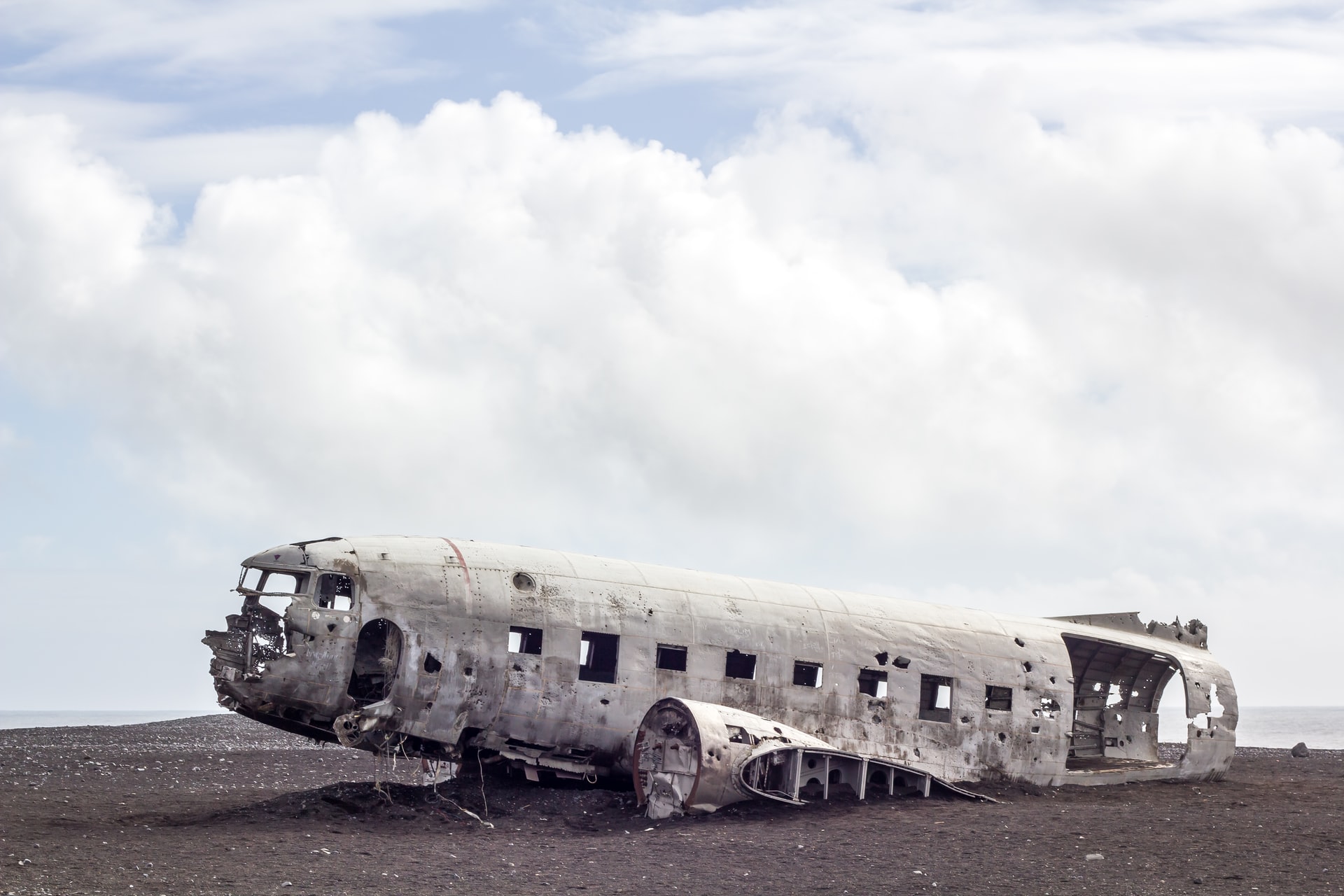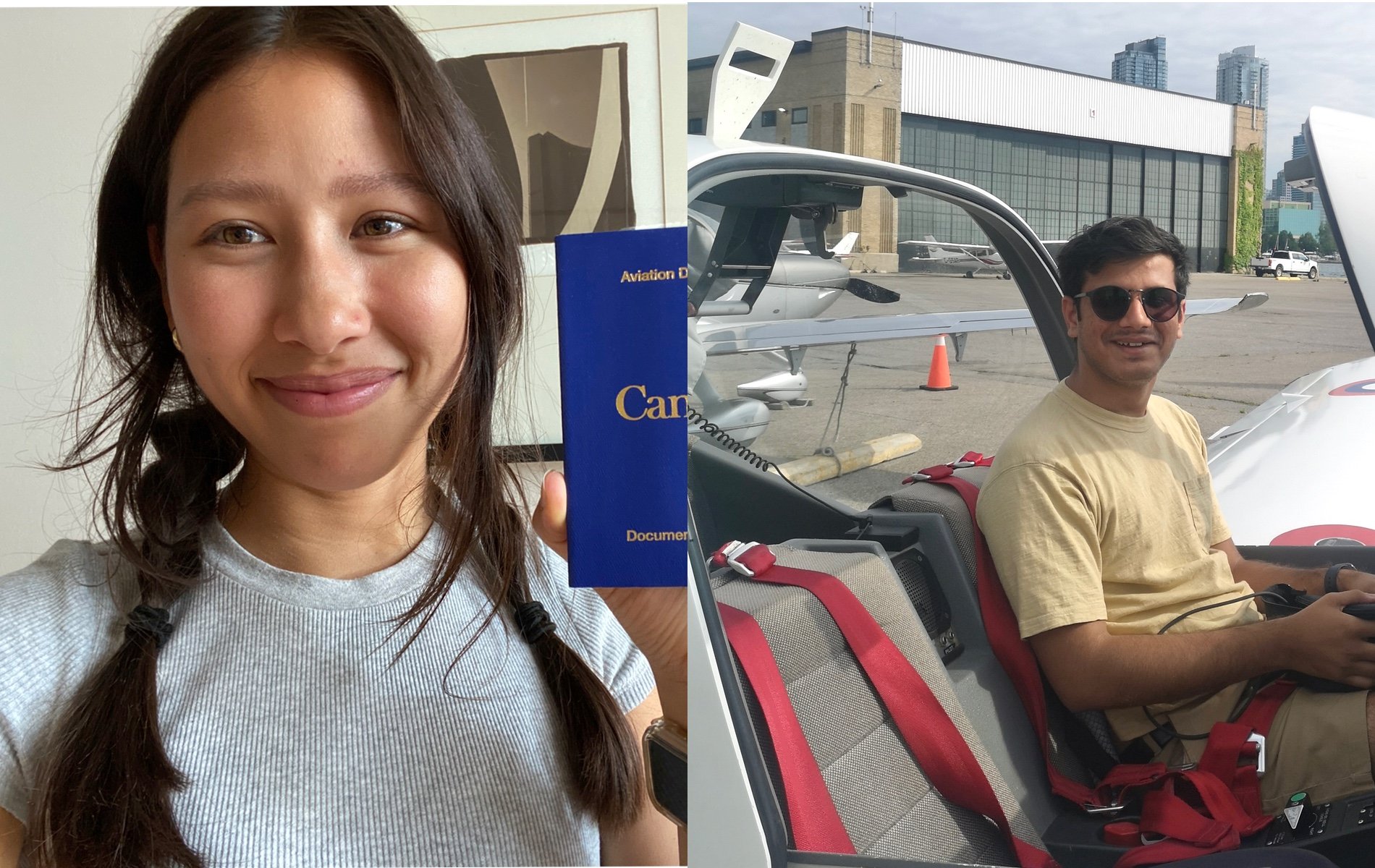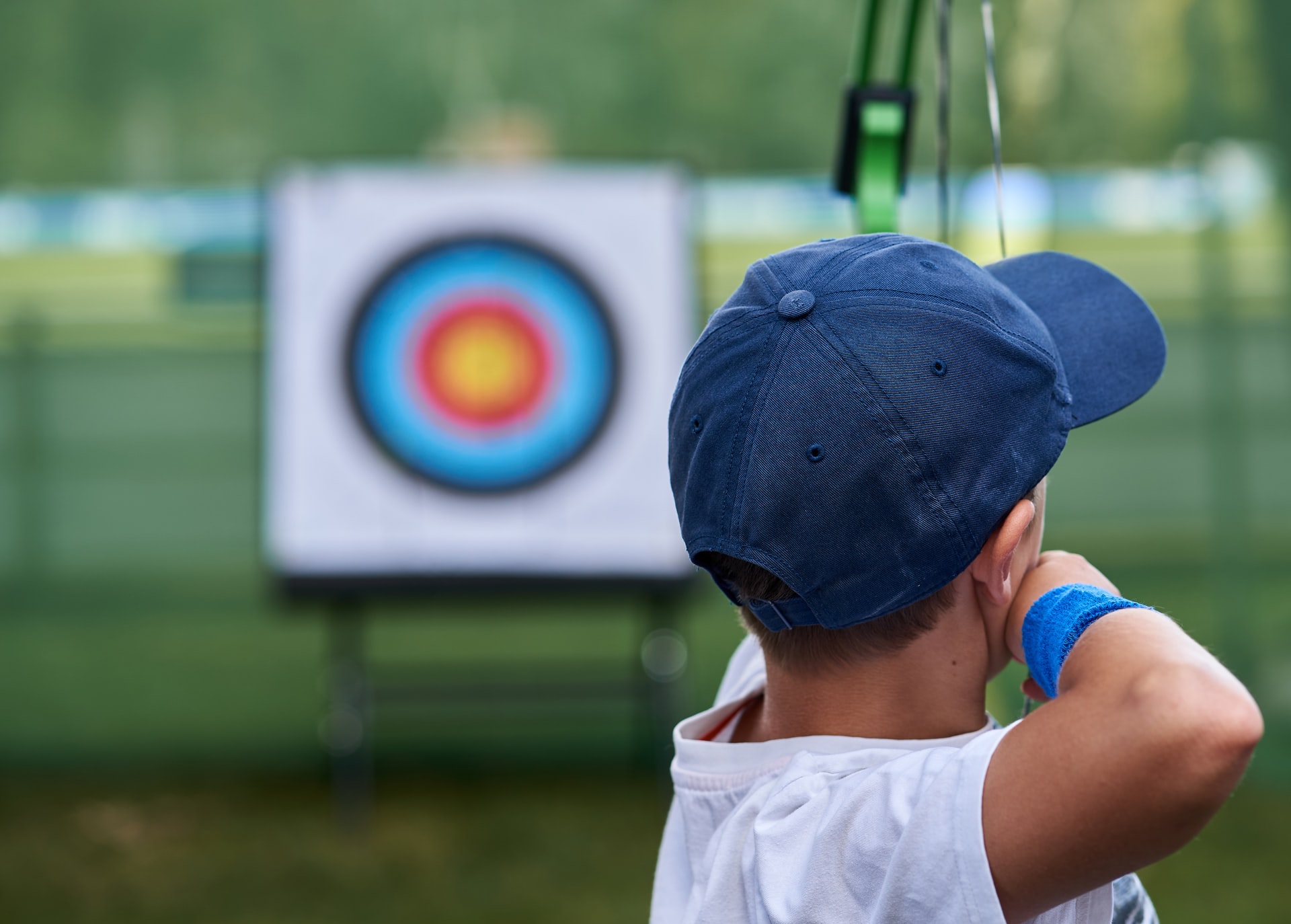
by
Posted
Licence received: Matt
Happy news for my recent student Matt, who is now in possession of a shiny new Aviation Document Booklet…


Happy news for my recent student Matt, who is now in possession of a shiny new Aviation Document Booklet…


One of the features of flying a small airplane that contributes to safety is this: most of the time, circumstances, and the airplane both give you lots of warning of an impending accident and plenty of opportunities to repent, change your ways, and prevent a bad outcome.


Some students news recently: Ivan’s student Allyson received her Aviation Document Booklet after passing her PPL flight test…


Every now and then, a student drops out of training. This happens at my Flight Training Unit, and at other Flight Training Units across the country. And every now and then, a student who has done some previous flight training and stopped taking lessons decides to come back and have lessons once again, and restart… Read more »


MUCH Early flight instruction in an airplane consists of the giving of instructions like “do this,” then “do that,” then “do the other.” (In fact now that you mention it quite a lot of the later flight instruction is the same way, unfortunately. But perhaps that’s a story for another time.) Pretty soon after that… Read more »


Something every student pilot should know is this…


After today’s flying lessons I came away with two thoughts of my own that might be of interest…

A couple of weeks ago I had the Grob in for a 1000 hour inspection, and I took the opportunity to get my borescope into the engine’s cylinders and have a look at the state of the exhaust valves, and take some pictures of them. The valves sit in the cylinder head and are pushed… Read more »


A few weeks ago I conducted an exercise with a few students, and with Ivan. I emailed everyone a list of 130 different ‘values’ – literally, abstract ideas that some people value more than others in their lives. Here are a few examples from the list: Equality, Justice, Kindness, Security, Self-respect, Humour, Patience, Vision, Hope… Read more »


Another milestone for a fantastic student pilot, Stephen. This time, one of my own students. Stephen’s first lesson was at the end of September last year …